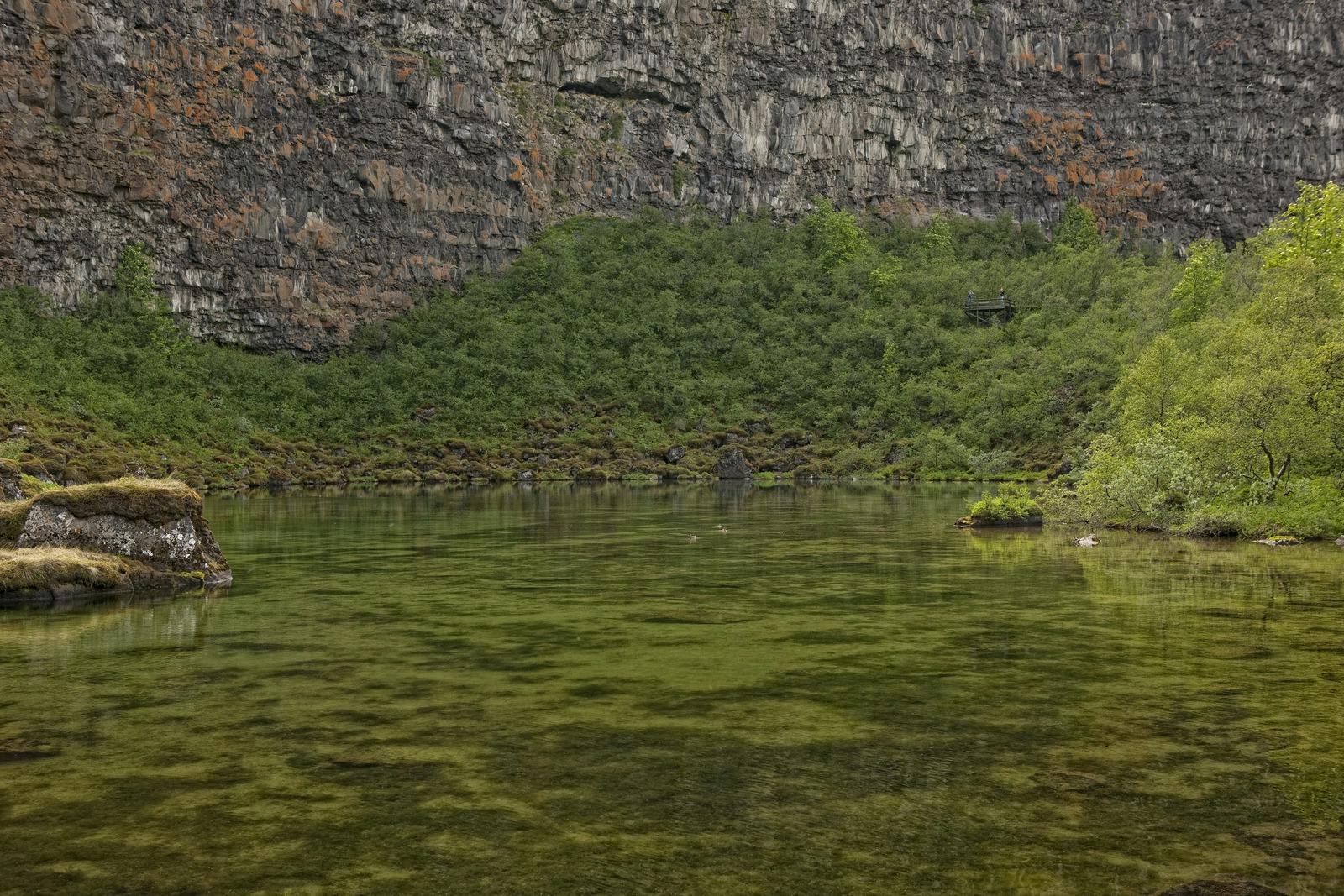
What are Tectonic Plates?
The Earth’s surface is divided into giant slabs of rock called tectonic plates, which make up the lithosphere. These plates shift only centimeters per year, yet their movement drives earthquakes, volcanoes, mountain building, and continental drift. The theory of plate tectonics explains how Earth’s surface is reshaped, from earthquakes and volcanoes to drifting continents.
How Do Tectonic Plates Work?
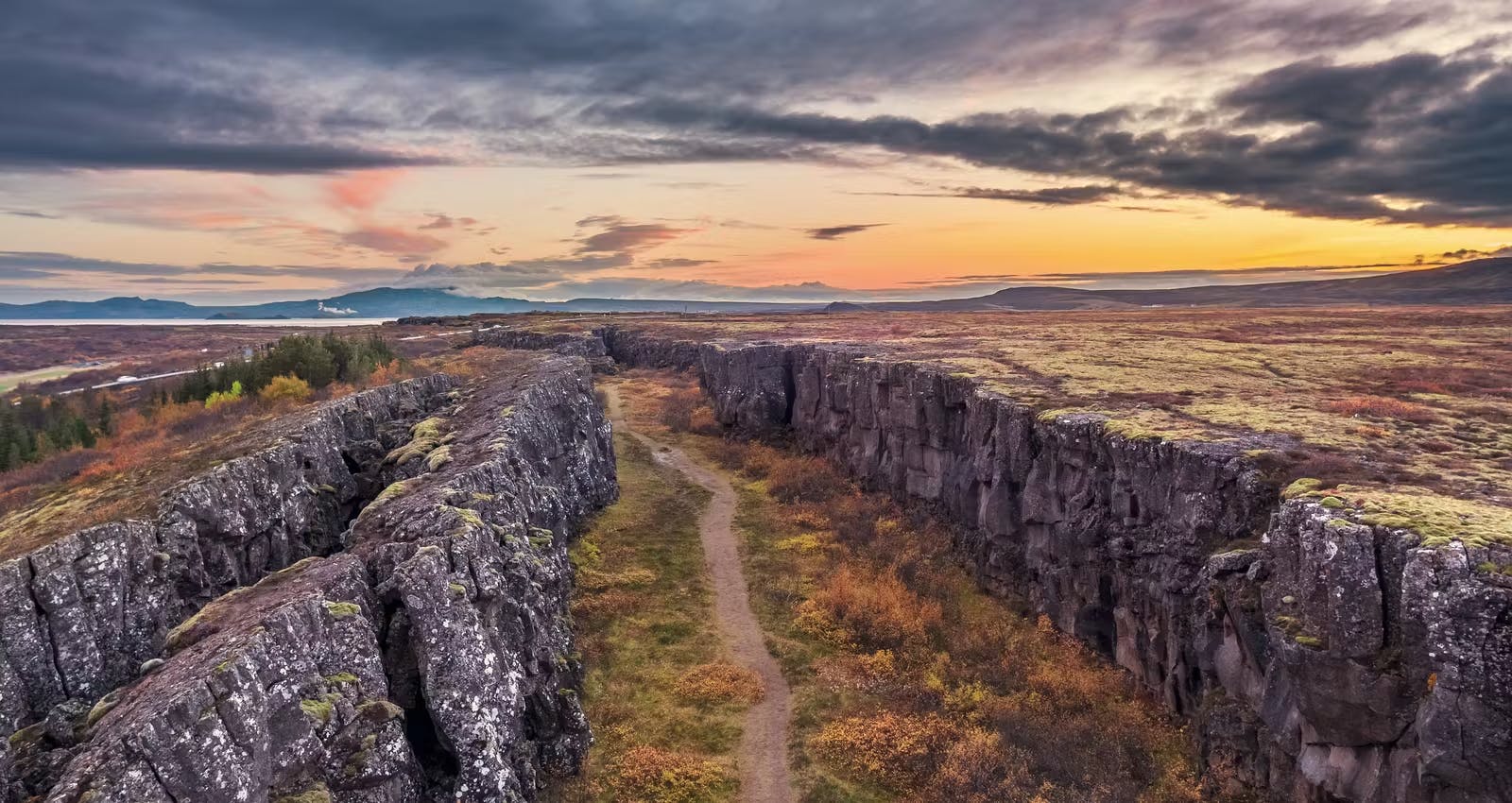
Tectonic plates rest on the asthenosphere, a semi-fluid layer of the mantle that behaves like soft plastic over long timescales. This allows the plates to move gradually across the Earth’s surface, as seen above in the photo at Thingvellir, Iceland.
At the boundaries where plates meet, dramatic interactions occur:
- Divergent boundaries: Plates move apart, creating new crust. For instance, the Mid-Atlantic Ridge is a divergent boundary that forms new ocean floor.
- Convergent boundaries: Plates collide, with one sinking beneath the other in a process called subduction. This creates volcanic arcs and mountain ranges.
- Transform boundaries: Plates slide past one another, producing earthquakes along faults such as California’s San Andreas Fault.
Although these shifts are slow, their effects accumulate over millions of years, reshaping continents and ocean basins.
Iceland: The Land Between Tectonic Plates
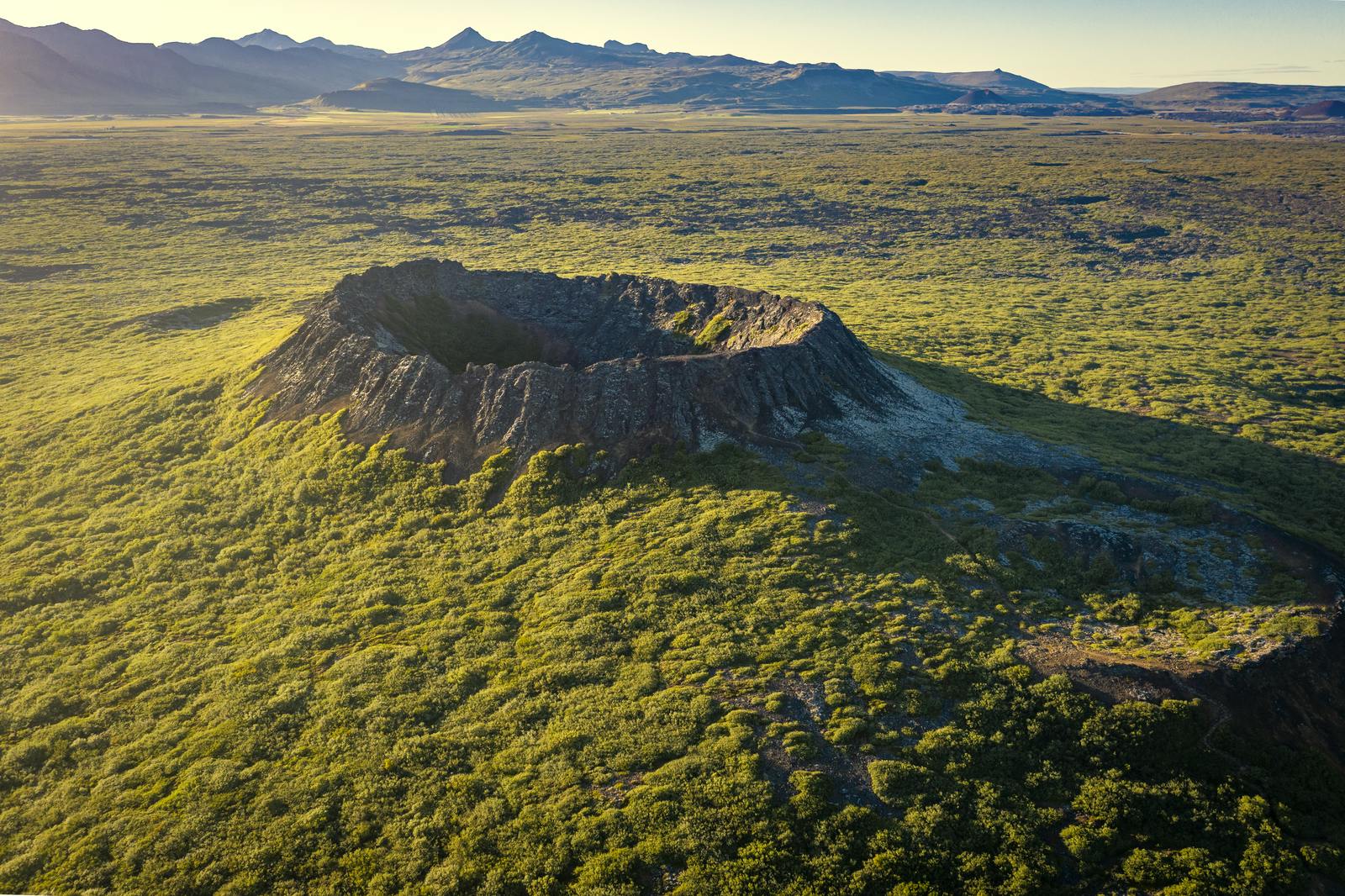
Iceland sits astride the Mid-Atlantic Ridge, where the North American and Eurasian tectonic plates pull apart.
This unique position (along with the Icelandic Mantle Plume) is the explanation of why Iceland is so geologically active, with frequent volcanic eruptions and seismic activity that continually reshape its landscape.
See more information on the latest volcanic eruptions on Iceland’s Reykjanes Peninsula.
Examples of Tectonic Plates
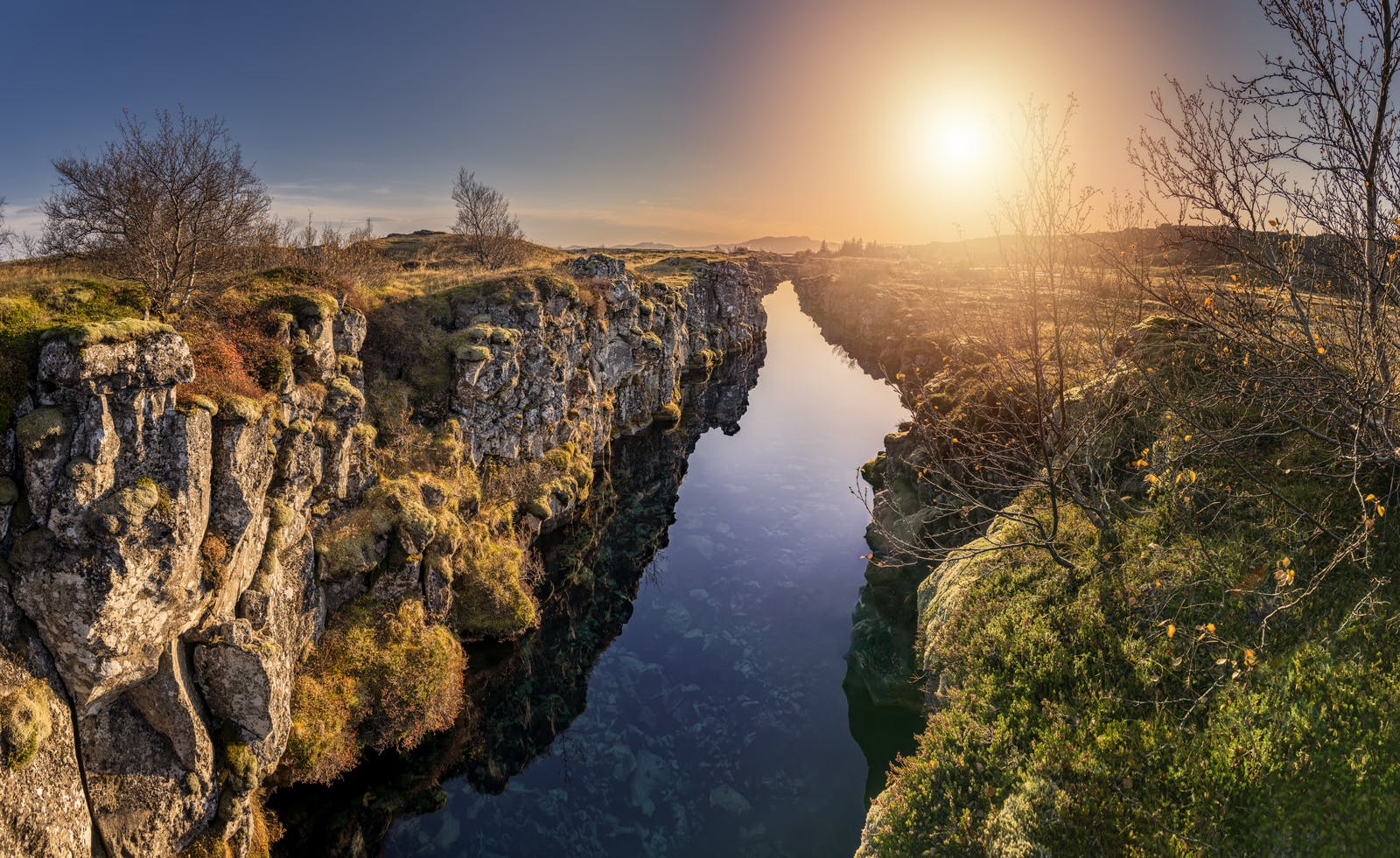
The Earth’s lithosphere is divided into about 15 major tectonic plates along with several smaller ones. Key examples include:
- Pacific Plate – The largest plate, covering much of the Pacific Ocean.
- North American Plate – Includes North America and parts of the Atlantic Ocean floor.
- Eurasian Plate – Spanning Europe and Asia, except the Indian subcontinent.
- African Plate – Covers the African continent and adjacent ocean crust.
- Antarctic Plate – Contains Antarctica and extends into the Southern Ocean.
- South American Plate – Includes South America and part of the Atlantic seabed.
- Indo-Australian Plate – Often split into the Indian Plate and the Australian Plate.
Smaller plates such as the Nazca Plate, Cocos Plate, and Caribbean Plate also play vital roles. For example, the Nazca Plate subducting beneath South America has created the towering Andes Mountains and intense volcanic activity.
Why Do Tectonic Plates Move?
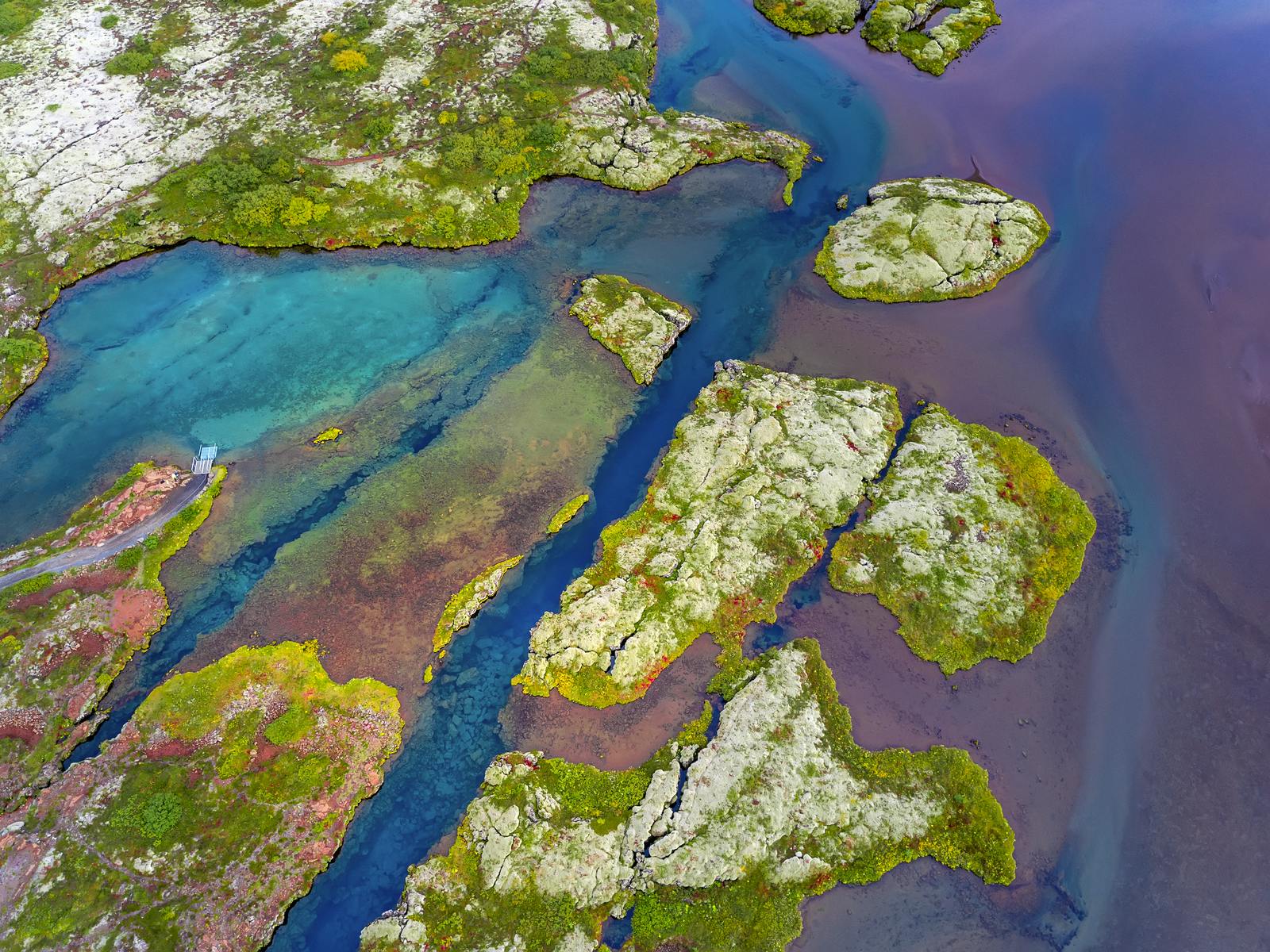
Mantle convection circulates heat and rock, dragging plates. Ridge push occurs as new crust at ridges forces older crust outward, visible in Silfra, Iceland, as shown above . Slab pull happens when dense plates sink at subduction zones, pulling the rest with them.
Effects of Tectonic Plate Movement
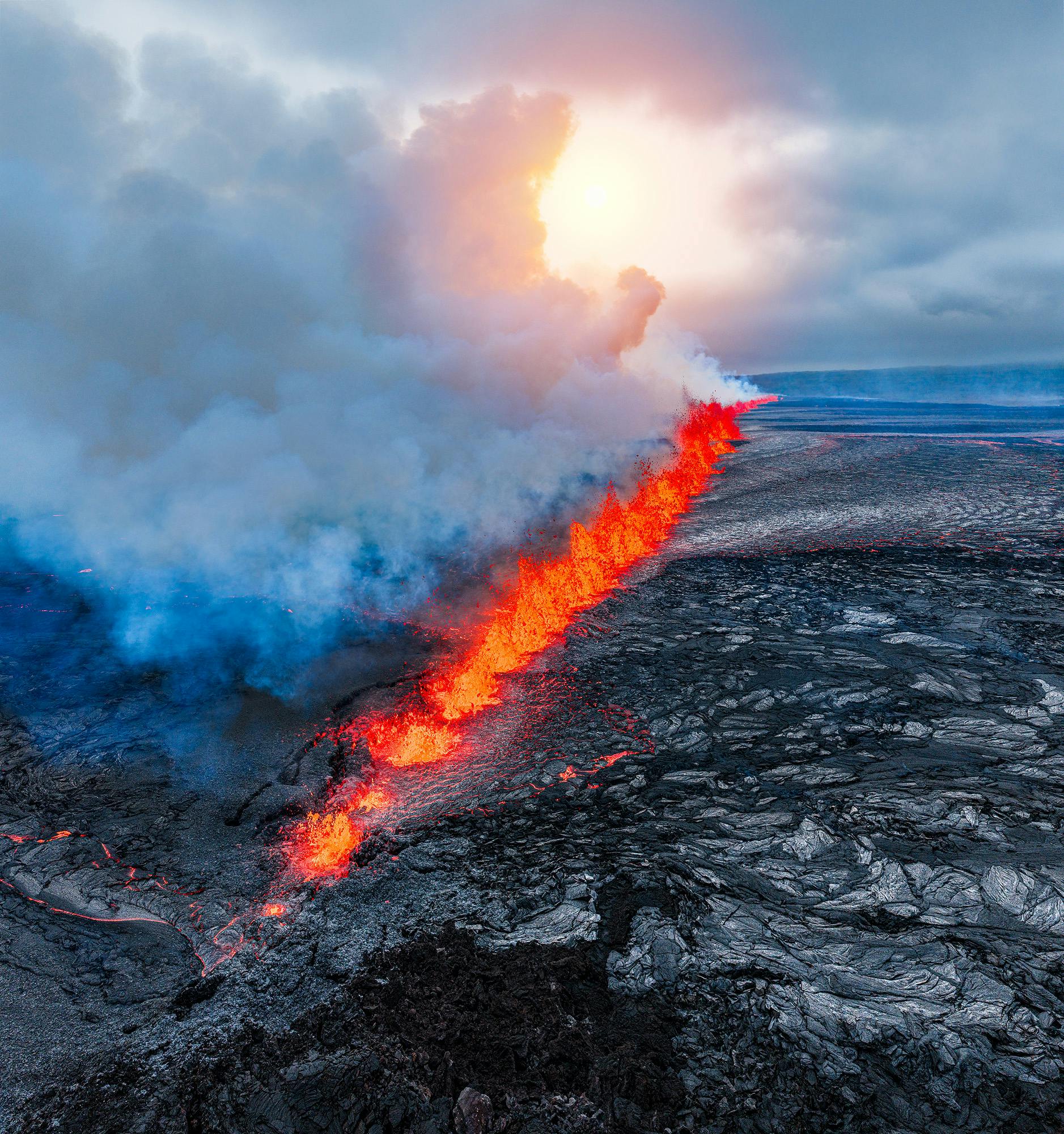
The movement of tectonic plates drives earthquakes, volcanoes, mountains, and ocean trenches. Transform faults like California’s San Andreas cause quakes, while subduction zones fuel volcanoes from the Pacific Ring of Fire to Iceland.
Over millions of years, plate motion powers continental drift, reshapes landscapes, and influences climate and ecosystems.
Volcanic Eruptions, Geothermal Activity, and Iceland’s Landscape
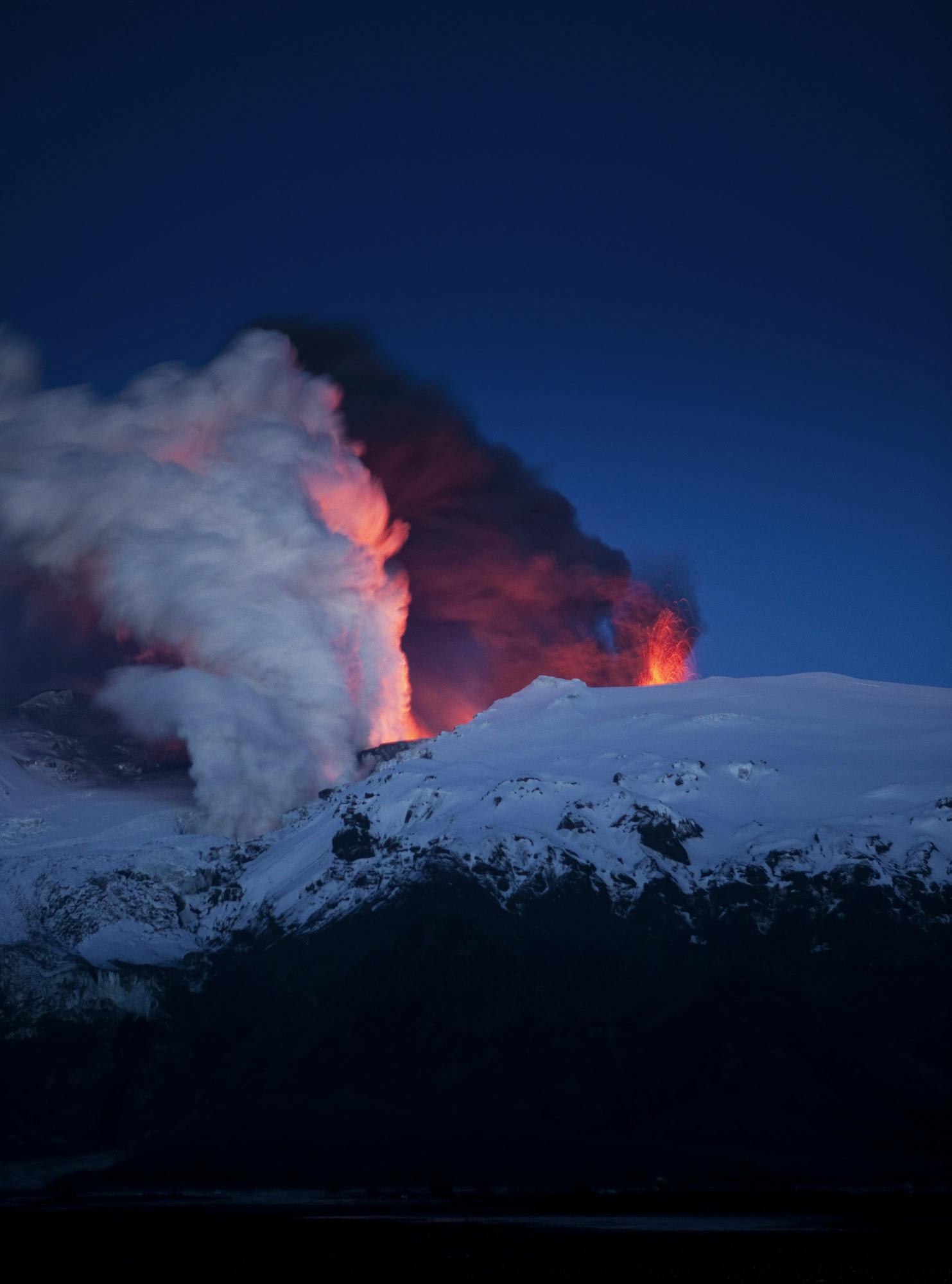
As the North American and Eurasian plates separate, magma rises to create new crust and fuel Iceland’s volcanoes, such as Eyjafjallajökull, whose 2010 eruption disrupted European air travel.
This same tectonic activity powers Iceland’s geothermal energy, visible in hot springs and geysers, which provide renewable heating, electricity, and major tourist appeal. Iceland is also home to many volcanic systems — active volcanoes in Iceland continue to shape the country’s dynamic landscape.
Frequent, mostly minor earthquakes in Iceland reveal the restless nature of Earth and help scientists study tectonic processes. The island’s glaciers, fjords, volcanic deserts, waterfalls, and black sand beaches are products of fire and ice.
Its position on the Mid-Atlantic Ridge makes Iceland a natural laboratory for understanding how tectonics shape climate, sea levels, and life.
Learn About Iceland’s Geology at Perlan in Reykjavík

Perlan’s’ Forces of Nature exhibition allows visitors to feel the raw power of volcanoes, earthquakes, and geothermal energy that powers Iceland. In the heart of Reykjavík, guests can learn about the tectonic plates, earthquakes and volcanoes that form when heat and pressure build up beneath the Earth’s surface.
The Earth’s weak points tend to be along fault lines where tectonic plates converge or diverge, as in Iceland’s’ case. The exhibition is a unique, family-friendly museum experience that entertains and informs.
FAQs
Are there always earthquakes before volcanic eruptions in Iceland?
No. Earthquakes are frequent in Iceland but do not always precede eruptions. The island sits on the Mid-Atlantic Ridge, where the North American and Eurasian Plates diverge, causing both seismic activity and volcanism. Since late 2023, thousands of quakes have shaken the Reykjanes Peninsula, some linked to new eruptions.
What are the 7 major tectonic plates?
The seven largest tectonic plates are:
- African Plate
- Antarctic Plate
- Eurasian Plate
- Indo-Australian Plate
- North American Plate
- Pacific Plate
- South American Plate
What are the 3 types of plate tectonic boundaries?
The three main types of plate tectonic boundaries are divergent, convergent, and transform. Divergent boundaries form new crust as plates move apart, like the Mid-Atlantic Ridge. Convergent boundaries occur when plates collide, creating mountains or subduction zones. Transform boundaries happen when plates slide past each other, such as the San Andreas Fault in California.
What do movements of tectonic plates cause?
Movements of tectonic plates cause a variety of powerful geological events and landforms, including earthquakes, volcanic eruptions, the formation of mountain ranges, and the creation of deep ocean trenches. These processes, driven by the slow shifting of the Earth’s lithosphere, continually reshape the planet’s surface and have been transforming continents and oceans for millions of years.
How were tectonic plates formed?
Tectonic plates formed as the Earth’s lithosphere cooled and solidified. Convection currents in the mantle fractured the lithosphere into large, rigid plates that continue to shift and reshape the planet.
Is Iceland on a tectonic plate?
Yes. Iceland sits directly on the Mid-Atlantic Ridge, where the North American and Eurasian Plates meet. This rare location above sea level makes Iceland one of the world’s most geologically active regions, with frequent earthquakes, volcanic eruptions, and geothermal activity.
Can you swim between the tectonic plates in Iceland?
Yes, you can swim between the tectonic plates in Iceland at Silfra Fissure, located in Þingvellir National Park. Silfra is a rift filled with crystal-clear glacial water, allowing divers and snorkelers to float between the North American and Eurasian plates with incredible underwater visibility.







